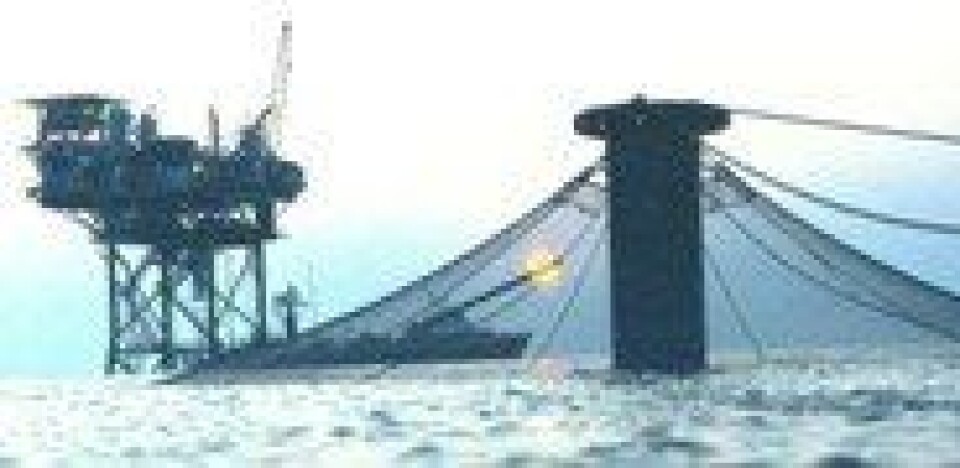
Oregon conference discuss offshore aquaculture pros and cons
USA: Last week experts gathered at an offshore aquaculture conference in Newport, Oregon, to discuss issues that have made this industry so controversial among environmental and commercial fishing groups.
One central issue that was discussed was the prospect of offshore aquaculture activities. The ever increasing demand for more marine protein for human food and the declining wild resources of fish and seafood, new technology for fish farming in deeper waters further away from shore is becoming a much more realistic alternative.
According to a report in the Astoria, Oregon, newspaper The Daily Astorian, the conference's keynote speaker, Richard Langan, executive director of the University of New Hampshire's Open Ocean Aquaculture Project (OOAP), called offshore aquaculture "a wicked issue" that requires the cooperation of scientists from multiple disciplines and a lot of public education.
At the conference, Mike Rust, a scientist with NOAA, listed some of the most relevant species for offshore farming in the Pacific Northwest. Some of the criteria he used to make his selection were how fast various species grow, what their need for food would be, the market value for each species, and the competition from other aquaculture facilities.
Mr. Rust listed mussels and scallops at the top of his list. None of these species would require feed, but both would grow rapidly. Rockfish and greenlings, wolfish and lingcod, sablefish, flatfish, pacific cod, halibut and algae completed his list.
The conference also pointed to some important challenges for offshore aquaculture. In the Pacific Northwest storms, high winds and big swells will pose significant challenges to the design and implementation of farms. The commercial fishing industry is also skeptical to another player in the ocean real estate market.






















































